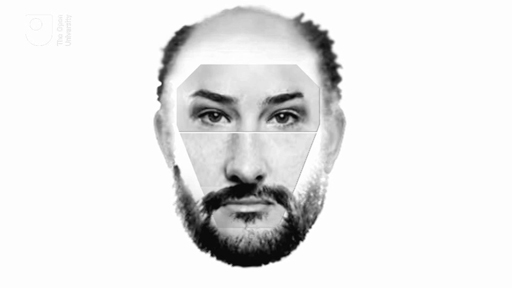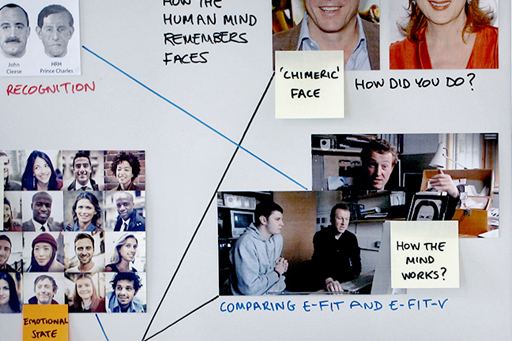2.4 Comparing E-FIT and EFIT-V
Watch the following video which explores the comparison between E-FIT and EFIT-V.

Transcript
Is it possible to design a composite system based on recognition rather than recall?
In the ‘Comparing E-FIT and EFIT-V’ video Graham worked with a participant to produce a face using E-FIT and then using EFIT-V, which is the latest composite system to be used by the police. As you will see, EFIT-V is designed to try and utilise face recognition, rather than face recall. The design of EFIT-V once again demonstrates how important it is to have psychological knowledge of how the mind works when it comes to police investigations.
Psychological research has helped create composite systems that make the most of human cognition and get the most from the memories of witnesses.
Composites are used by the police to generate leads when they do not have a suspect and are not intended to be used as identification evidence – that is to say that the similarity of a suspect to a composite image should not be used as evidence that they committed the crime.
Once the police have a suspect, they need to use an alternative method to produce evidence that the person is the perpetrator of the crime, such as asking the witness to attempt to identify the suspect in an identification procedure, such as a line-up. It is these alternative methods that you’ll look at next week.
But before you do that, you’ll explore face recognition further in the next section, including hearing from someone with ‘prosopagnosia’, which is a neurological condition that leaves the person unable to recognise faces.

